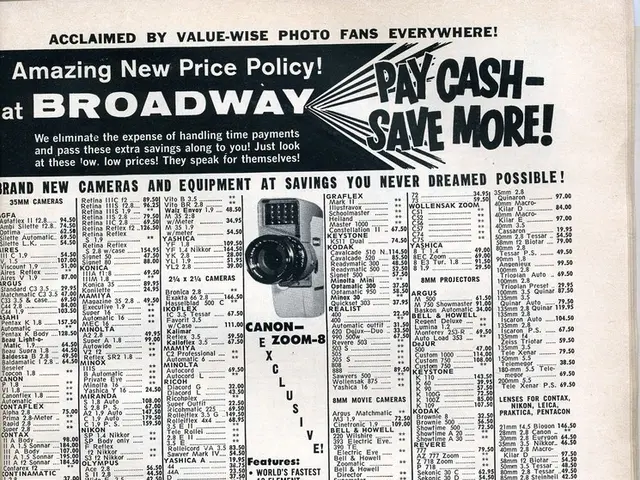Preparing sales taxes for 2021: Streamlining sales tax compliance for retail businesses
In the rapidly evolving landscape of e-commerce, a growing challenge for businesses, particularly those involved in cross-state or global commerce, is the increasing complexity in sales tax law. This is especially true for e-commerce, retail, and service providers who must navigate varying state tax definitions and thresholds for tax collection and reporting.
The U.S. has over 14,000 distinct tax jurisdictions, each with its own changing state sales tax legislation. This complexity is further compounded by the fact that most physical products are subject to sales tax, with a few exemptions.
The pandemic has accelerated this challenge, with the apparel industry recording a 49% increase in online orders, and nearly 150 million new shoppers coming online for the first time. This surge in e-commerce has led to a significant increase in sales tax obligations.
However, less than 10 percent of new customers are adequately meeting their sales tax obligations. This can result in underpaying sales tax, a situation that could lead to penalties. Filing sales tax returns on time is crucial to avoid these penalties.
Managing sales tax compliance can be challenging without a clear strategy for tracking and responding to economic nexus obligations. Economic nexus is triggered by a state-defined amount of sales, either dollar amount and/or transaction volume. Companies must register for sales tax permits in states where they have economic nexus.
Automation can save countless hours and resources in sales tax reporting. By setting up sales tax collection on all sales channels and reporting how much sales tax was collected at various levels (state, county, city, and special taxing district), businesses can ensure compliance while also saving time and resources.
Due to the 2018 South Dakota vs Wayfair ruling, states can require online retailers to collect and remit sales tax in states where they have established economic nexus. Currently, 47 states in the U.S. have economic nexus laws.
Companies must also be mindful of where they have economic nexus. Many companies are not keeping track of this, which could result in underpaying sales tax. Managing all of the pieces manually can be rife with error and oversight without the help of software.
States may also consider looking for other revenue streams in the form of sales tax collections due to lost revenue resulting from COVID-19. Zero returns may be required to inform states that a company is still in business, even if no taxes were collected during the taxable period.
Both SMEs and larger companies are now forced to comply with thousands of rules and regulations depending on where they do business and the channels in which they leverage for selling. This underscores the importance of having a clear strategy for sales tax compliance in the U.S.






